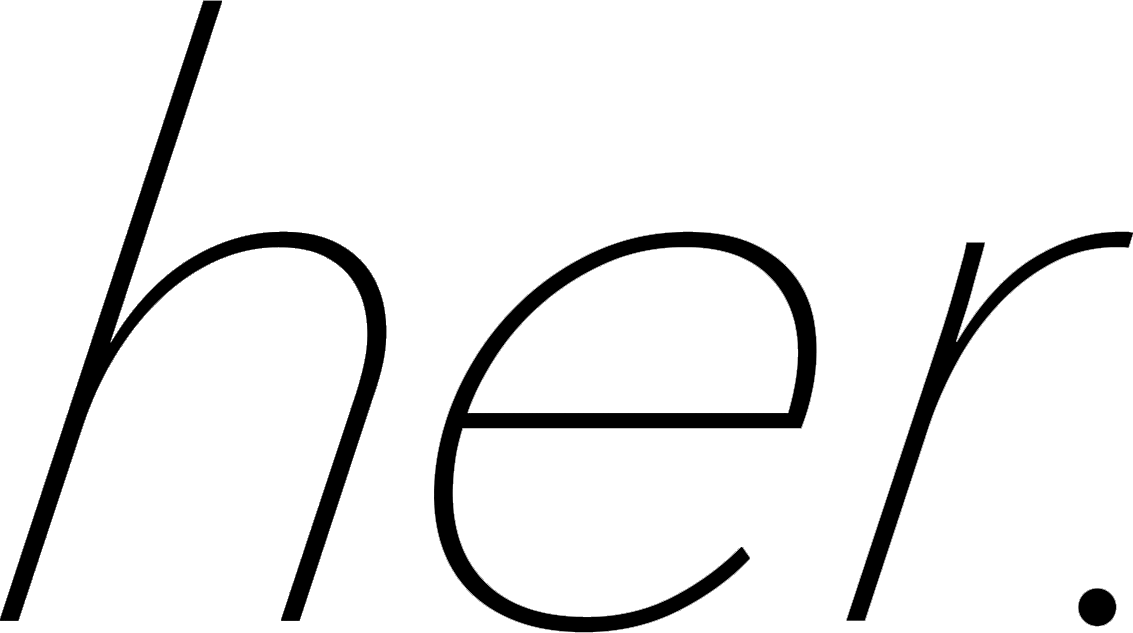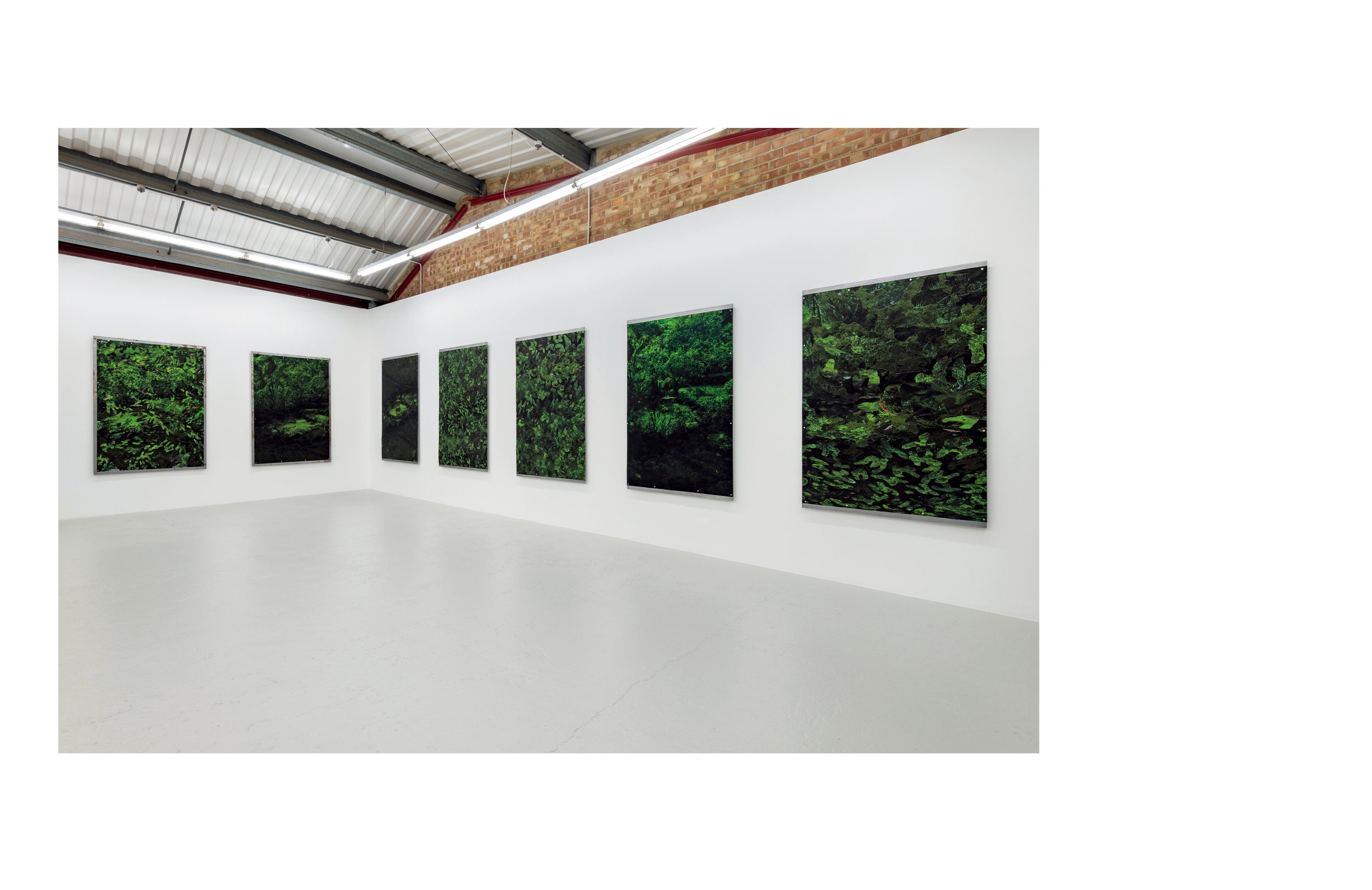Nicole Coson
originally published in volume 13
Writer_ Daniel Titchener
Portrait_ Adam Titchener
nicolecoson.com
Nicole Coson was born in Manila, Philippines in 1992. She completed a BA in Fine Art in Central Saint Martins in 2014 prior to attending the Royal College of Art to pursue a MA in Painting in 2018. In 2020, Coson was selected for Bloomberg New Contemporaries and will be exhibiting in South London Gallery this May 2021. Working primarily with analogue printmaking techniques, wool, oil paint, and Perspex, Coson's practice is concerned with possibilities of erasure and simultaneous appearance and concealment, manifested through anthropomorphic abstractions and motifs. She lives and works in East London.
How would you describe your practice to someone unfamiliar with your work?
My work functions from in-betweens. Between the organic and mechanical, printmaking and painting, the anonymous and personal, a specific place and anywhere at all.
Over the past few years your work has oscillated from being more figurative to more abstract, and you have often switched between painting and printmaking. Work such as 'Exeunt' feels more organic in subject, while 'Fortress' possesses a more mechanical characteristic. Could you talk about the processes behind such work?
I like to think about my practice, as you put it precisely, as something that oscillates — something caught between different states, in a constant vibration or rhythm. Perhaps, it's partly from a yearn to elude agendas of categorisation and a preference instead to exist unstuck between spaces. 'Exeunt' was a show I did with Annka Kultys Gallery right before lockdown. It was an old personal childhood photograph turned into a digital file, spliced, cloned, stamped, layered and enlarged then printed onto etching paper, before being weighted down onto old steel etching sheets by magnets. The photo contains beautiful green overgrowth of tropical foliage which I wanted to immerse the viewer in. 'Fortress' was a show I did with Ben Hunter Gallery in London, which was made around the time when we were all trapped in the confines of our immediate surroundings and when everything felt like it was at a standstill. The works were born from feelings of longing for home in the Philippines and the people I love, as well as a meditation on the distances that seemed to have grown so much larger. That mechanical process involved in the making of these works was something that I really relied on, it was therapeutic in a way. There were so many things to get right and wrong, making them give me this feeling of control that I felt I lost during this prolonged period of withoutness.
For your camouflage series, you used a printing technique that you explored during your time at Central Saint Martins. This has become a part of your work ever since. Can you talk about your use of the etching press?
The etching press I have is a third- or fourth-hand press that has seen many interesting owners and produced countless prints over the last decades. One of the largest in London apparently, according to the man who passed it on to me. It never felt like it was mine. The press came named after the German howitzer gun "Big Bertha" and has since been the heart of my practice. Not only because it takes up 50% of my studio space, but also because I always return to printmaking techniques as I am still so fascinated by the process and the way it can capture time in stills like photographs.
Using these processes, do you feel like you have to exercise a specific level of control, or do you prefer to allow the pieces to find their own direction?
With the 'Fortress' works, which involved the constant crushing of office blinds, the natural wear and tear of the materials dictated the linear narrative across the series. Making these large works involves getting so many variables right and aligning them perfectly, so I control that aspect but otherwise, I let the works unfold and unravel the way they want to. For each show, I start with a set of full office blinds which I repeatedly feed through a press, leaving its imprint on canvas after every passing. The works start off with the blades neatly stacked in rows, but as I continue the process over and over the blades break away from the threads succumbing to its limits until it reaches an eventuality in which the entire structure falls apart.
Is there any other mediums you are looking to explore, or another type of printing technique perhaps?
I have plans to do sculpture for a show in 2022 that I'm very excited about. I don't normally start the planning works with a particular medium in mind. When I make work towards an exhibition, I begin with an idea, consider the space, its context and how I want the show to be experienced by the viewer. It is from there that I break the show into parts. The medium is more a means of getting something across than a starting point for me.
Can you describe your studio environment?
My studio is in an old carpark that was converted into studios in the '90s by Space Studios, the studio organisation which was founded by the artist, Bridget Riley. It comes with a garden that's cared for by one of the artists which has been such a source of calm during lockdown. I have my press against a huge window of wobbly glass bricks which refract light and scatter it across the room. I felt incredibly lucky to have this studio especially during lockdown so I did my best to make the most of it and worked everyday that I could. I am grateful that I was able to spend this quiet time to do solo shows at Silverlens Galleries in Manila and Ben Hunter Gallery in London, participate in New Contemporaries in South London Gallery and show my work for the first time in Art Basel Hong Kong, Art Basel Basel OVR and Frieze New York OVR.
With 'Exeunt' and 'Exoskeleton', there appears to be a balance of being both visible and invisible. Can you talk about the narrative behind these works?
I am interested in exploring the concepts of visibility and disappearance, with reference to camouflage and concealment in nature as well as in human applications. I am in search of a productive position within invisibility that allows artists the opportunity to negotiate the terms of our visibility. To vanish and reappear as we please and as necessary to our own personal and artistic objectives. I create works that seek to stretch and skew the viewers ability to detect cultural precursors as memories. Identity and location blend into seamlessness, constructing a space which is both familiar and alien. I wish to create an imagined safe space to run away to, a place which stems from a point of personal history, a moment incased in layers of fleeting apparitions and tropical childhood flashbacks, a place of perfect dislocation.
Do you feel there is a difference in how your work is perceived when showing in the UK as opposed to the Philippines?
There can be differences in the expectations people have when viewing work by Southeast Asian artists, but I just focus on making the work I want. Being able to show in the Philippines as well as London has been an amazing honour as I consider both places home. Anything that I accomplish here in the UK is due to a fantastic network of gallerists, artists, friends and collectors from Manila. Working with Silverlens Galleries and Ben Hunter Gallery has allowed me to retain a foothold in both the Philippines and the UK.
Do you feel a lineage or connection exists from one series of your work to the next?
There is definitely a connection between all the works. It sometimes catches me by surprise. Clues in my current series of work can be found in work or research from five years ago. I need to make certain work to create the next series and so on. A lot of ideas are sealed shut in notebooks and sketchbooks, waiting for the right moment or right show. I have to be patient until that time comes. I find progression like many things can't be rushed, and I've learnt during this time to be ok with that and trust in the process.
UNTITLED, 2020 Oil on Canvas 110x150cm
UNTITLED, 2020 Oil on Canvas 200x130cm
EXOSKELETON, 2021
Installation view
Silverlens Galleries, Makati City, 2021 Photography: Silverlens Galleries
UNTITLED, 2021 oil on linen 145 x 100 cm
UNTITLED, 2021 oil on linen 145 x 100 cm
FORTRESS, 2021 Installation view, Ben Hunter Gallery, London Photo Damian Griffiths
EXEUNT X, 2020 Inkjet on etching paper, steel, magnets. 56 x 106 cm
EXEUNT X, 2020 Inkjet on etching paper, steel, magnets. 56 x 106 cm
EXEUNT, 2020 Installation view Annka Kultys Gallery Photo Damian Griffiths











